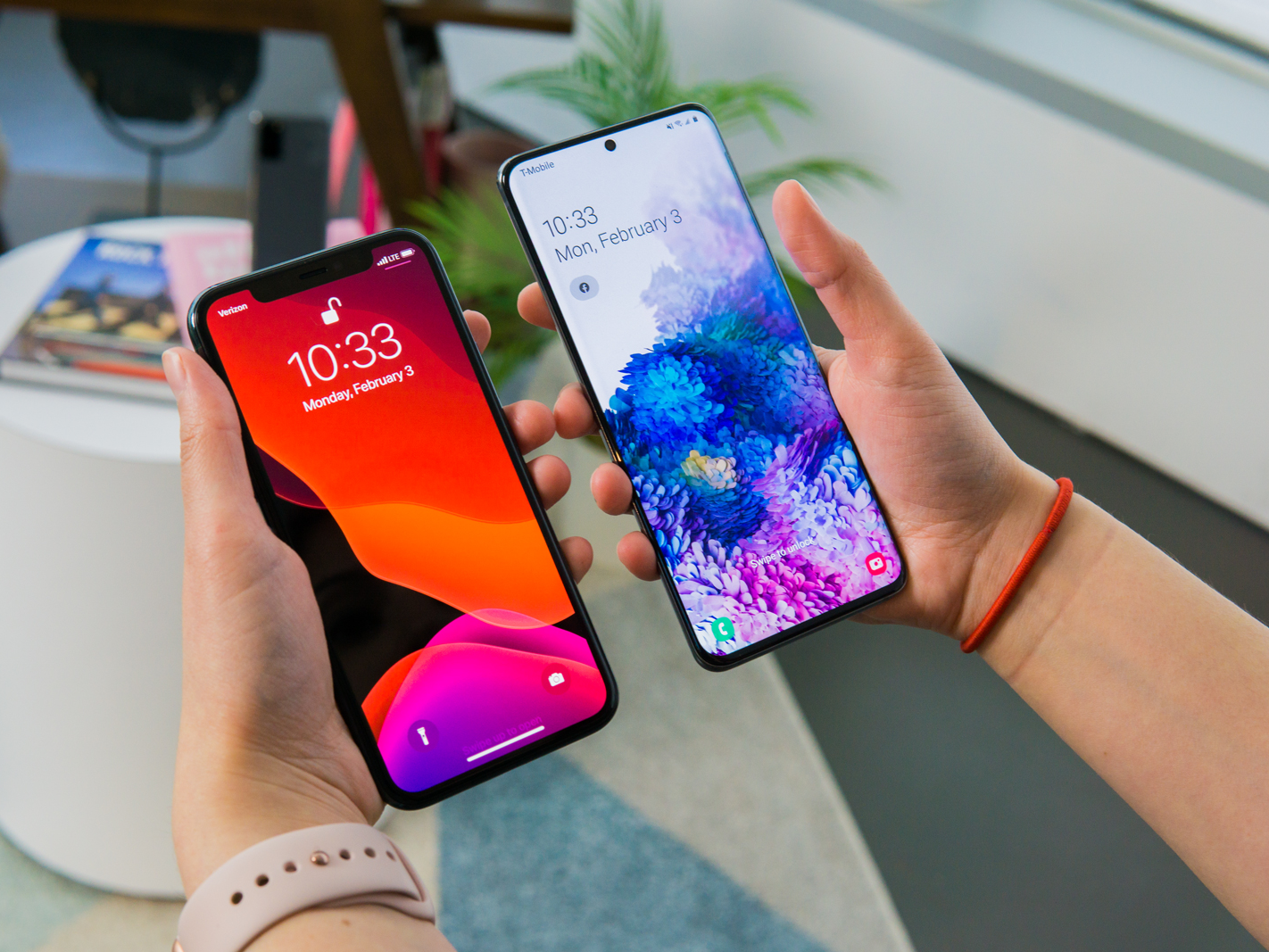- The best way to clean your smartphone safely without damaging its screen or internal components is to wipe it down with a lightly dampened microfiber cloth.
- Apple also recently said that it’s safe to clean its products with a Clorox Disinfectant Wipe or 70% isopropyl alcohol wipe.
- But you should never submerge your phone in a cleaning agent, or spray cleaning fluid directly onto the device.
- You could also try using a UV sanitation device, which is an electronic device that beams UV-C rays at your phone to kill germs.
- Visit Business Insider’s homepage for more stories.
If you’re anything like the average American, you probably check your smartphone more than 50 times per day, as a Deloitte study from 2018 found.
And each time you do, your mobile device picks up more bacteria from your hands. In fact, The University of Arizona found back in 2012 that cellphones carry 10 times more bacteria than a toilet seat, largely because toilet seats are typically cleaned more frequently while personal electronics are largely overlooked.
As the novel coronavirus continues to spread, the Centers for Disease Control and Prevention and World Health Organization are advising the general public to wash their hands often and disinfect frequently touched objects and surfaces. That means keeping your phone clean is important as well.
But cleaning your phone can be tricky, considering many of the standard cleaning products you’d typically use for disinfection could potentially damage your mobile device.
Here's a look at how you can clean your phone safely without damaging its screen or internal components.
Avoid using aerosol sprays and bleaches, and don't spray cleaner directly onto your smartphone. Instead, use a Clorox wipe or isopropyl alcohol wipe.
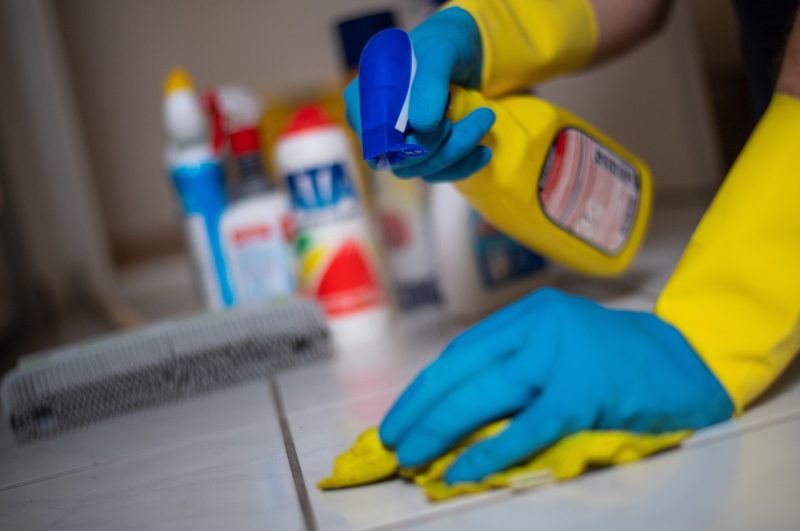
It may be tempting to scrub your phone's screen with a traditional disinfectant spray or general purpose cleaner. But it's important to be careful when doing so to avoid damaging your device.
If you need to sanitize your iPhone, Apple says it's safe to wipe down hard, nonporous surfaces like its screen with a Clorox Disinfectant Wipe or 70% isopropyl alcohol wipe. But you should never submerge your phone in a cleaning product and should be careful to avoid getting moisture in any openings, like the charging port. Apple also advises not to spray cleaners directly onto the device, and says you shouldn't use aerosol sprays or bleaches.
Using cleaning agents on smartphone screens is generally ill-advised because it could strip away the screen's coating. But Apple recently updated its support page to clarify that Clorox Disinfectant Wipes and 70% isopropyl alcohol wipes are safe.
"These phones have a coating on them to prevent oil or grease from your hand from sticking on the phone," Jason Siciliano, vice president and global creative director of smartphone protection service SquareTrade, told Business Insider. "Using alcohol or or those types of everyday solutions directly on a phone, on its glass, can harm it."
It's the same coating that causes liquid to bead up on your phone's screen and prevents fingerprints from smudging it up, Taylor Dixon, a teardown engineer for the repair guide manual website iFixit, told Business Insider via email. Even if that coating does wear down over time, Dixon says using cleaning chemicals will only strip it away faster.
A Samsung support page similarly warns against using cleaning product and instead suggests using a soft, damp cloth.
Using a soft, lightly-dampened microfiber cloth is also considered safe.
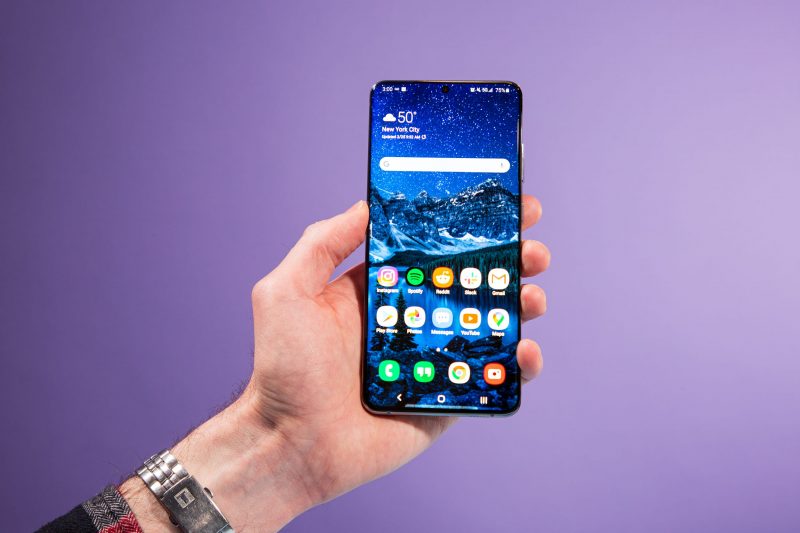
Both Apple and Samsung say on their support pages that wiping your phone down with a cloth- preferably one that's soft and lint-free - is a safe method of cleaning it. You can dampen the cloth with warm water and soap to get rid of any debris or substance that requires more than just a wipe-down.
Most modern smartphones are water-resistant, but you should still be cautious when exposing them to liquids.
"You've still got to make sure no liquid gets to the inside of the phone through its ingress points," said Dixon.
You should also unplug your device and turn it off before cleaning it, as Apple notes on its website.
You can also consider looking into a UV light to kill bacteria on your phone.
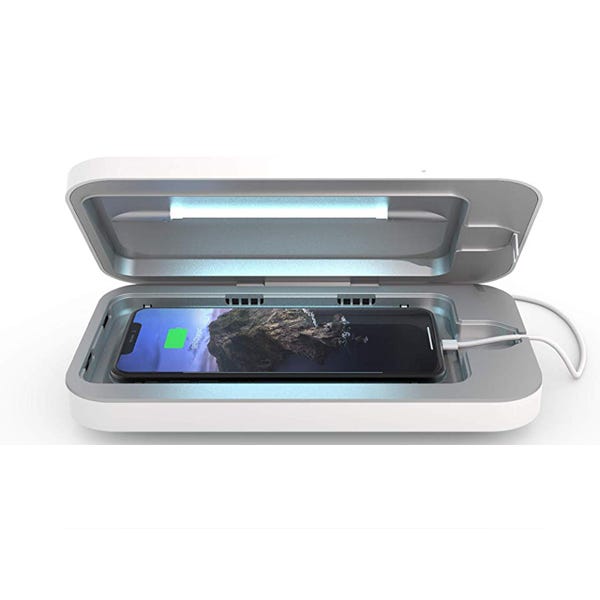
If you're looking for an alternative method of killing germs, you can try looking into a UV phone sanitizer like Phone Soap, which uses UV-C light to break down germs and bacteria. It's a relatively small box that almost resembles a tanning bed for your phone that blasts it with UV-C light to disinfect it.
Siciliano and Dixon weren't able to speak to the effectiveness of Phone Soap and similar UV cleaners, but Phone Soap has gotten positive reviews from Insider Reviews, CNN, and Reviewed. That being said, at $80, it's a relatively expensive solution. And some Amazon reviewers claimed that the device stopped working after a short period of use. But if you are seeing a stronger way to disinfect your device, a UV sanitizer like Phone Soap could be worth looking into.
If you're using a case on your phone, try cleaning that in addition to or instead of your device.
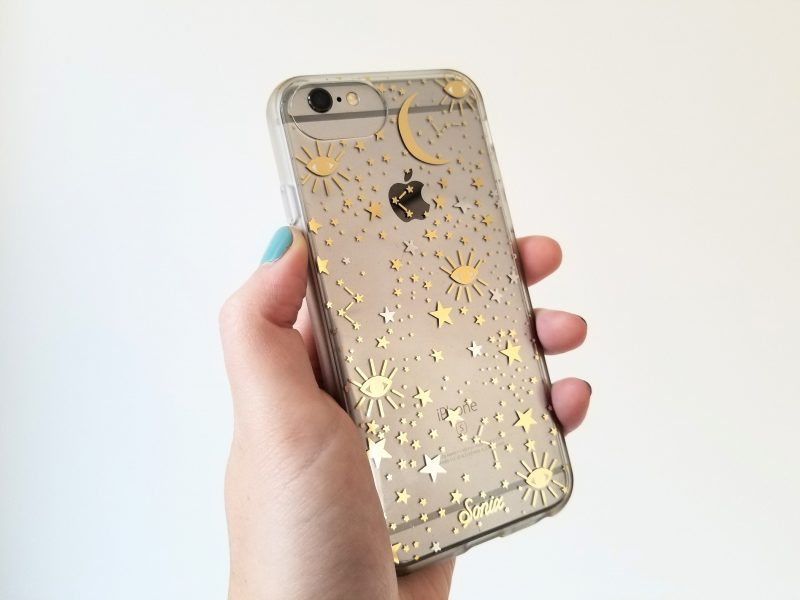
Although you shouldn't use cleaning products on your mobile device, you may be able to do so on its case, depending on the materials it's made from. That could be an effective way to sanitize your device as well, suggests Siciliano, especially since the case is the outer shell that most frequently comes into contact with foreign surfaces.
And of course, keeping your hands clean can go a long way.
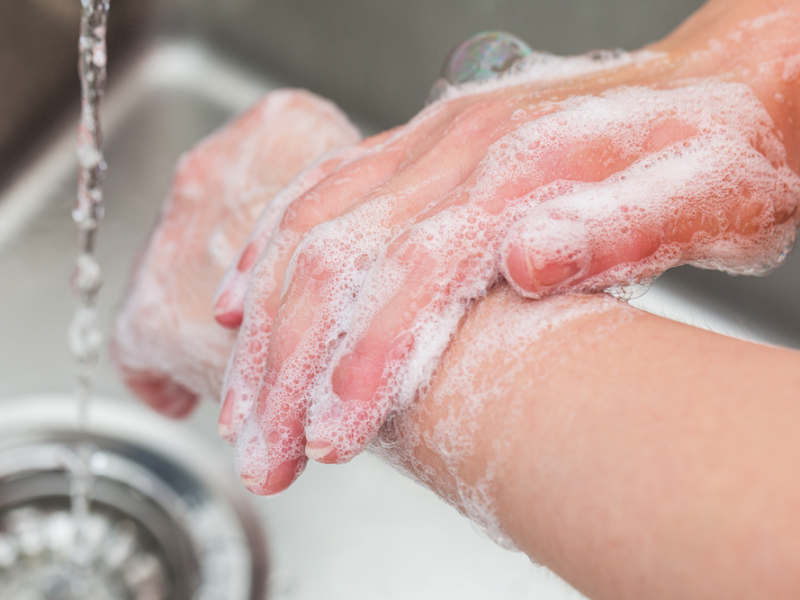
"Keep [your] hands clean and disinfected and then your phone will pretty much stay clean and disinfected," said Siciliano.
That includes thinking twice before bringing your phone to the bathroom.
"I think it's just being mindful of where you're putting your phone," he said. "And how you're handling your phone."

